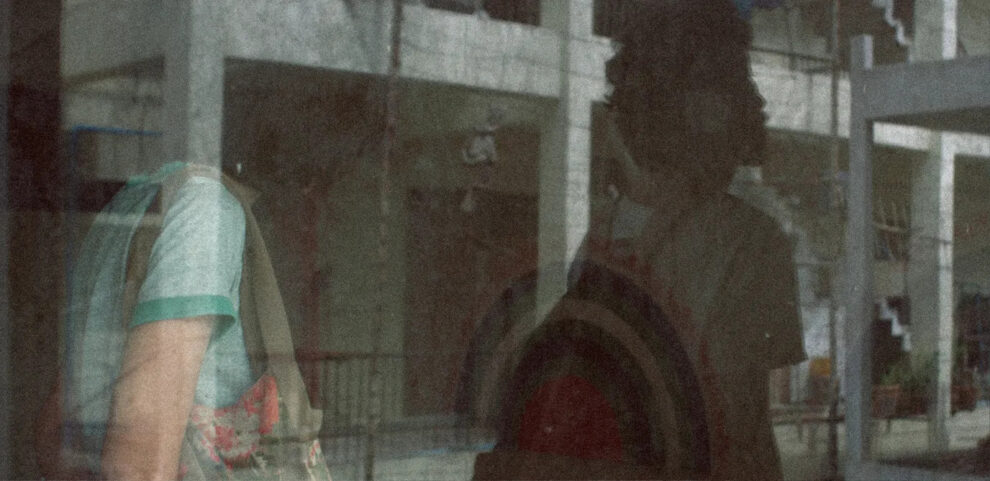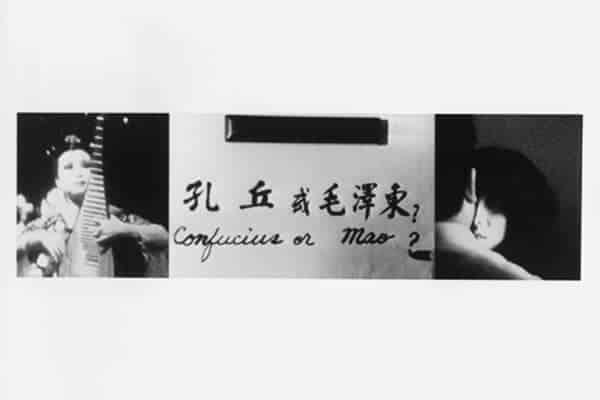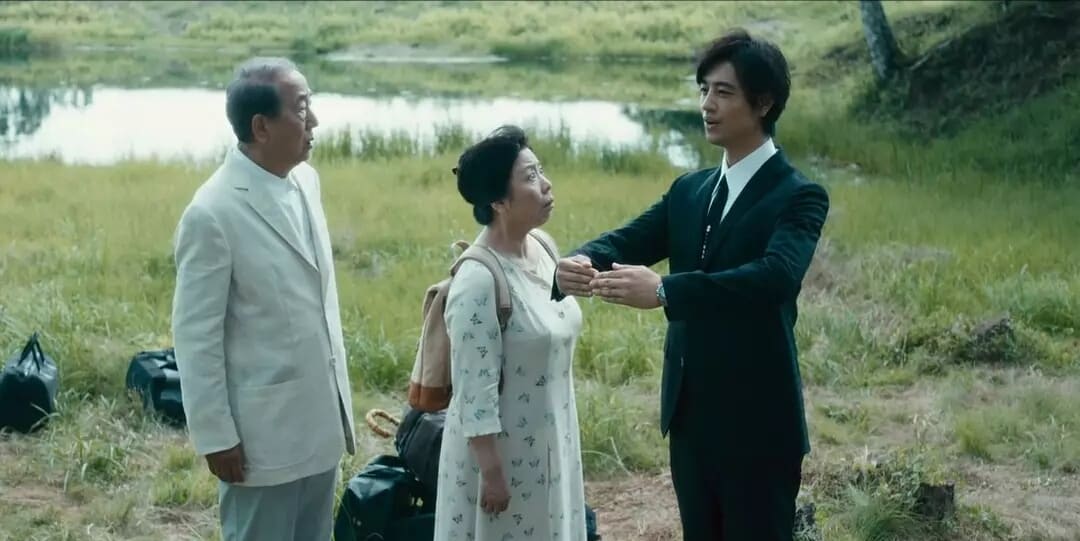By Siria Falleroni
Winner of the “New Currents Award” at the Busan International Film Festival (2012), “36” is Nawapol Thamrongrattanarit's brilliant feature film debut. It also won the “New Asian Cinema” section of the Five Flavours Asian Film Festival in Warsaw, the “New Talent Award” prize at the Hong Kong Asian Film Festival, and the “Best Director” award at the Cinemanila International Film Festival.
The story revolves around Sai – played by Koramit Vajrasthira – a location scout whose job is to catch potential settings in which to shoot movies with her digital camera. One day, her career becomes intertwined with that of artistic director Oom, portrayed by Wanlop Rungkamjad. The two will not only establish a professional collaboration but also a genuine relationship that lies between love and friendship. Photography surely is the common thread that runs through both of their lives. Oom likes to capture people on film but does not like being photographed, while Sai is maniacal about grouping photos from each year of her life into different hard drives. Moreover, at the beginning of their acquaintance, the man is impressed by Sai's ability to remember any photo she has taken over the years. To test her talent, he asks what photo she took in April two years ago, and she clearly remembers capturing a family trip.
Check the interview with the director
The actual title of the film relates to its structure, which is divided into 36 still-camera shots. Each of the 36 frames is preceded by a black frame in which the scene number and its relative title appear. The title usually foretells what is going to happen in the next scene. The characters move at the edges of the portion being filmed, very often standing outside the frame. For example, in fragment number eleven, the voices of Sai and Oom serve as background to a shot of large white clouds in the sky.
The film's cinematography – curated by Pairach Khumwan – is tenderly shrouded by a pinkish color palette and perfectly accompanies the slow flow of events. One of the most striking qualities here is the naturalism that characterizes the acting of the lead actors, whose performances seem to be so spontaneous that their presence within the work almost looks extemporaneous. The viewer does not see the face of the art director Oom even once, but catches his presence through his voice, his turned body, and his reflection. This impermanence is to be found in an inclination, declared by the director himself, towards the search for minimalism. Through this simplicity in the acting and cinematography, Thamrongrattanarit reaches the essential core of the story, which is memory.
To some extent, the idea of the work's division is reminiscent of Abbas Kiarostami's last work, “24 Frames” (2016). The Iranian director's idea was to compose a miscellany of 24 episodes of a few minutes in which a static image is progressively animated. Similarly, Thamrongrattanarit's 36 frames, are all distinguished by their brevity and ability to segment the vicissitudes of the story. Although the concatenation of the presented events has its inherent logic and appears extremely scientific in its subdivision, nevertheless, the narrative's flows follow the mechanisms of memory. “36” opens with the meeting between Sai and Oom in 2008, continues with a flashforward to 2012, and then retraces the initial frames. During the production of the film, the director himself followed the flashback process. He first went to the locations to photograph them, chose his 36 best images, and then the entire crew went back to shoot the film based on Thamrongrattanarit's photographic storyboard.
It is memory, symbolized by Sai's camera, that is the absolute protagonist of “36”. More specifically, the metaphor for human memory's lability is conveyed through the photographic hard drives that mark the protagonist's existence. The real crisis occurs when Sai has to retrieve a photo on her 2008 hard disk, but realizes that the latter is broken. Despite repeatedly trying to restore it, the hard disk no longer works. “It's like the whole year has been lost,” the woman states dejectedly. Sai's memory only seems to rely on the photos taken and their silent presence in the archive. If there is a photo that proves that an event has occurred, then the event is real. An example is provided by scene number 7, entitled “A red-violet bird was flying in the sky”. Sai takes a photo of a bird on a tree and tells Oom “If I hadn't taken the photo, it would have been lost forever.” When the man points out to her that they still saw the bird no matter what, she states “Yes but now we can keep it”.
Human memory, just like technology, is a fragile tool subject to decay. Thamrongrattanarit prompts us to reflect on the close relationship between photography, cinema, and memories. French philosopher Bergson compared human memory to the cinematic process, precisely because memories appear as a series of more or less blurred images, made up and shattered by the unique subjectivity of the individual. In addition, “36” suggests the audience re-evaluate the increasingly cumbersome role that digital photography, and technology more generally, has acquired in the contemporary era, gradually replacing the analogue procedure.
“36” is an important work not only because it is a surprising directorial debut, but more importantly because it invites all of us to abandon the compulsive urge to collect and archive memories, but rather to live them hic et nunc, here and now.















